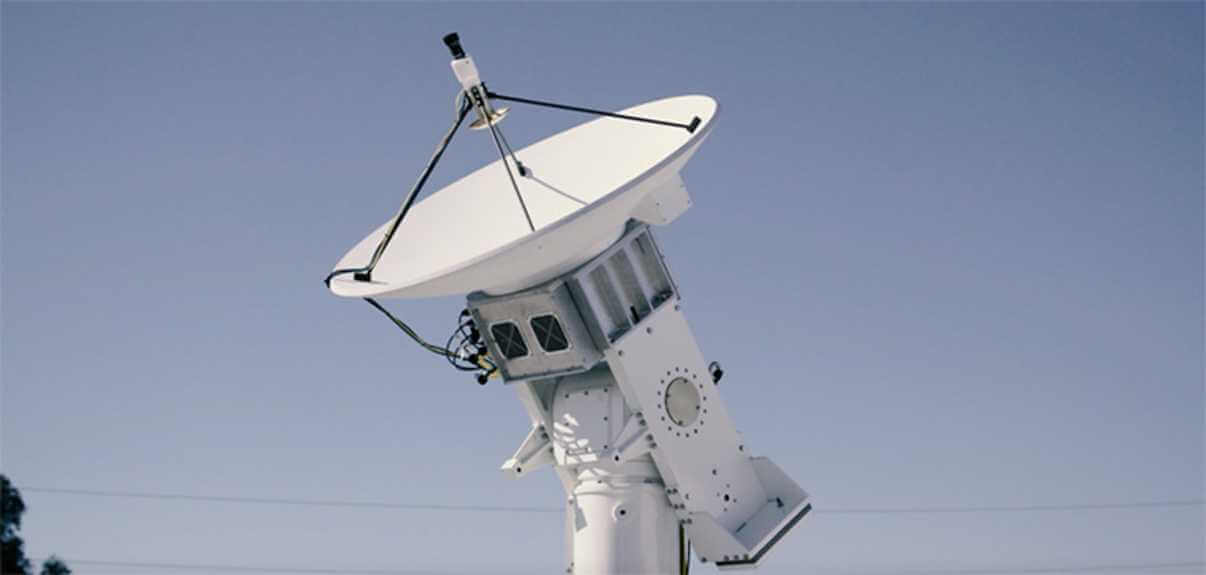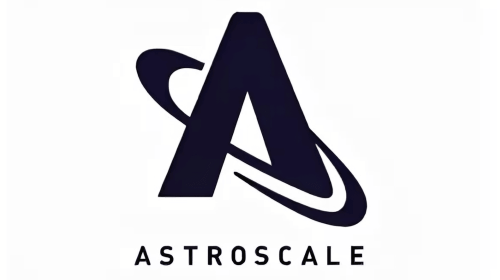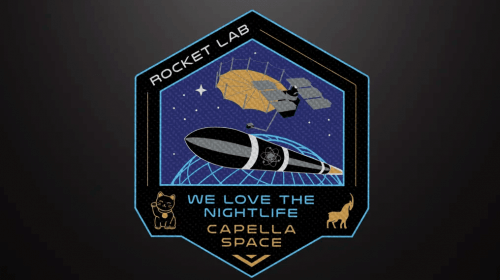Aug 07, 2018
The subject of HAPS (pick your acronym, High Altitude Platform Station or High Altitude Pseudo-Satellite), has been discussed here before (see Cross-Breeding Drones and Satellites). These platforms are typically drones or air balloons that stay in place, or continually pass over a region needing service for extended periods of time. Most use solar panels for power, driving propellers to keep them in place. Others, such as Google’s Project Loon follow air currents, and autonomously raise and lower themselves to follow atmospheric currents back to a target location. They connect to an earth station and relay internet and cellular services to the ground in areas where other service options aren’t available. HAPS can offer services when normal operations are knocked out by storms or deliver services in deep valleys where standard GEO satellites can’t be seen. They can be put in place to support first responders or provide information to soldiers on the ground. There are many potential applications for these platforms.
Time for a Review
Recent announcements from Facebook that they are abandoning their HAPs program suggests that it might be a good time to see how HAPs are doing. There have been some HAPs success stories, and these have been shared in the press. Google’s Project Loon provided services to Puerto Rico following a large hurricane. Others such as Worldview Enterprises and Raven Aerostar have demonstrated the effectiveness of balloons for communications, remote sensing and adventure tourism applications.
On the other hand, there have been some less publicly viewed problems. Headlines include:
- Kenyan farmer threatens Google with lawsuit for balloon crash
- Worldview test balloon blast costs $200K in property damage
- Raven Aerostar balloon crashes into frozen Wolf Lake Weyauwega at speeds exceeding 113 km/hr.
Northern Sky Research (NSR) anticipates that with as many as 5 balloon accidents in a 15-month period, there will be stricter regulations coming, which may shrink investment and slow development of these platforms.
Facebook Announcement
Facebook announced that it is abandoning its plans to build a fleet of HAPs based on drone technology that was intended to offer internet access to remote locations. Facebook’s Aquila named after the astronomical constellation, the Eagle, planned to use gigantic solar-powered drones to beam internet to the ground. Facebook’s team in Bridgewater in the UK, led the design, development and testing for the new platform. It was designed to stay in the air for months at a time. The idea was to create a 50 km communications zone into which they would transmit a signal that would be received by small towers on the ground and converted to either WiFi or LTE cellular services for smartphone users on the ground.

There were two challenges, and areas of development. On the one hand, they needed to develop an aircraft that was light enough, yet strong enough to carry solar panels, batteries, and RF electronics, and keep it aloft for extended periods of time. They also worked on critical millimeter-wave (MMW) technology which was to be used for point-to-point connectivity between the HAPS and earth stations connected to the backbone, as well as being used to relay and beam services to users below. It is in this area, that their advances will certainly continue to contribute to the industry. High frequency MMW delivers high bandwidth. Facebook’s team tested a point-to-point link that broke a record, reaching nearly 20 Gbps over a 13 km path. This is enough capacity to stream nearly 1000 ultra HD videos at the same time. Pretty impressive. Additional testing pushed the technology forward as they demonstrated an ability to communicate at 40 Gbps in both directions with a circling Cessna, 7 km away. They also developed and demonstrated a super-fast switching system to route around links that have lost line-of- sight connectivity.
Facebook looked at the development going on by others in the aerospace industry and decided to drop future efforts on their own aircraft. They will continue to support the development and operation of HAPs, particularly on the data side, where their technology has contributed to the industry in a meaningful way.
Future for HAPS
What does all this mean for the future of HAPS? It seems to be going through a normal growth cycle. New technology encounters a few bumps that need to be worked out. New players come in and then exit after realizing that this is not their key area of expertise. However, the business opportunity continues to justify ongoing development. Are HAPS a short-term solution that will be limited by next generation LEO satellites? Perhaps to some extent, but LEO deployment will not be instantaneous, and the window is likely to be open long enough to justify the effort. There will always be niche applications for which HAPS will be the best solution. Stay tuned.





